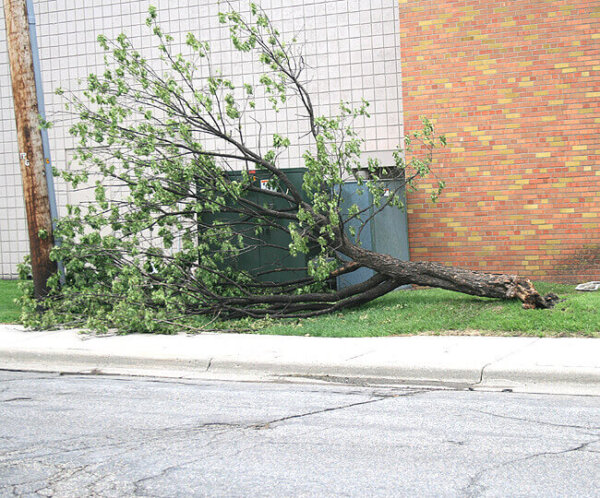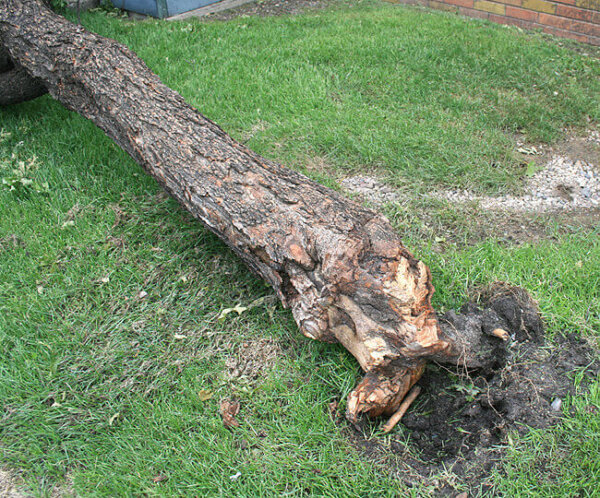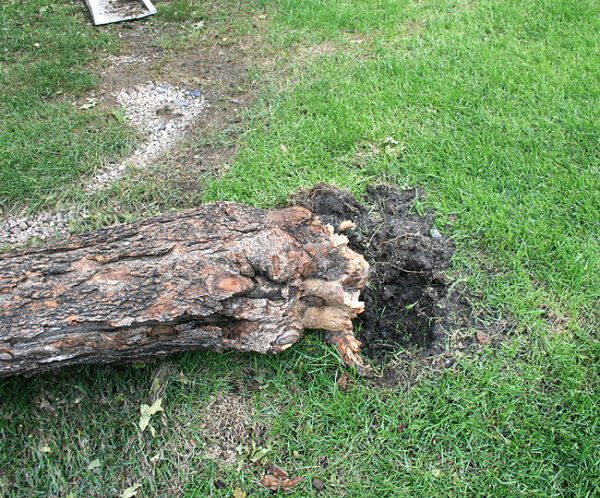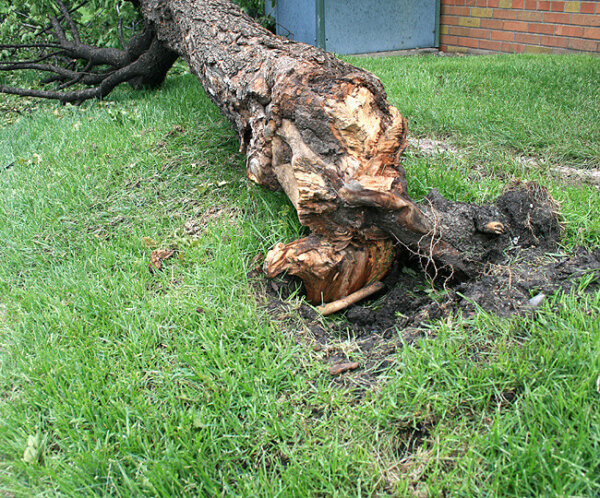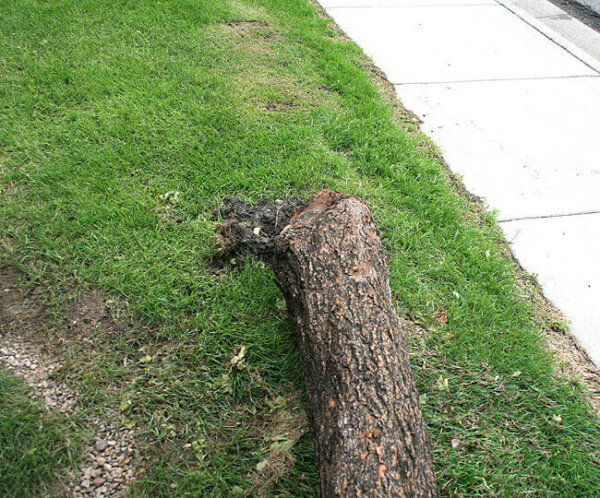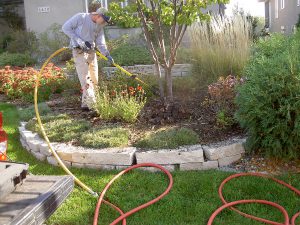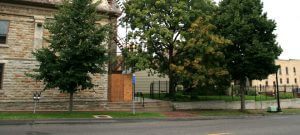Vineland Tree Care is committed to your plant root health care. From stem girdling and root collar excavation, to soil aerification and tree fertilization – Vineland’s ISA Certified Arborists have you covered.
Know Your Tree Root Health: Stem Girdling Roots
In the past 15 years, research being done at the University of Minnesota has shown that trees growing in landscape settings are sometimes prone to a growth phenomena now referred to as Stem Girdling Roots (SGR). An SGR is a root or roots that grow around the base of the tree instead of away from the tree. Over time as the stem and roots grow larger, the root will compress the stem like a tourniquet, cutting off the upward movement of water and nutrients to the top of the tree and preventing the transfer of photo-synthates (carbohydrates) from the top of the tree to the root system.
Effects of Stem Girdling Roots
The aforementioned leads to the decline of tree health, often killing significant portions of the tree (affecting its aesthetic value) or may eventually kill the entire tree depending on the extent of the girdling of the stem. Trees with SGRs are also more prone to being blown over, even in a light wind, as the integrity of the stem and root system is compromised.
Root Collar Excavation
A root collar excavation is an exploratory and diagnostic procedure, using compressed air to remove the soil at the base of the tree allowing an Arborist to identify and remove roots with the potential to cause stem girdling before significant damage occurs. It is a process best done on young trees as a preventive measure than on older trees as a therapeutic process. Therapeutic removal of SGRs is possible, however the success depends on the extent of the compression of the stem and how compromised is the overall health of the tree.
Here are some photographs of Vineland’s process:
Know Your Soil Health: Soil Aerification / Decompaction
Trees require water as well as oxygen in the soil in order to maintain healthy growth. Construction activity (driving or parking vehicles, staging of materials, grading the soil, etc. under or around trees) compresses the soil, limiting the amount of pore space between the soil particles. The very fine roots of trees that are responsible for absorbing water, nutrients and oxygen grow in these tiny pore spaces between soil particles.
These types of construction activities not only damage the soil structure but also can crush and kill the fines roots. The purpose of this treatment is to loosen and aerify the soil, recreating the soil conditions conducive to the regrowth of the damaged roots and speeding the tree’s recovery. Because trees store energy, the effects of construction damage to the root zone often do not become apparent for a number of years. Often by the time damage is apparent in the canopy of the tree, it is too late to reverse the decline of the tree and the tree eventually dies.
Soil Aerification / Decompaction
Soil aerification /decompaction involves taking up the sod over the root area in long narrow trenches (or sometimes as pie-shaped wedges) radiating out from the stem of the tree to the edge of the canopy. Compressed air is then used to loosen the soil around the existing root system. Often times compost and/or organic-based fertilizer is added to enhance the existing soil structure and encourage redevelopment of the root system. The sod that was removed is then re-laid over the trenches.
Know Your Soil Health: Soil Amendment with Organic Tree Fertilization
Naturally Occurring Organic Tree Fertilization
Trees evolved in a forest where leaves and other natural debris remained where it fell. The decomposition of these elements acted as a natural fertilizer by releasing nutrients back into the soil. Keeping a well-maintained lawn inadvertently deprives trees of this recycling process by removing the source of natural fertilization.
That lack of natural fertilization is difficult for urban trees, as is heavily compacted soil. Forest-grown trees benefit from naturally de-compacted soil, resulting in a larger amount of roots absorbing the naturally produced, fertilizing nutrients.
Soil Amendment and Organic Tree Fertilization
Soil Amendment helps alleviate both of these problems for urban trees. Soil is de-compacted in radial trenches surrounding the tree. Organic fertilizer and other beneficial matter is then added to the soil creating a healthy environment for root growth. Vineland Tree Care practices this type of organic soil amendment tree fertilization for both commercial and residential properties, helping trees flourish in urban, non-forest settings. Contact us for more information or for a free estimate.


